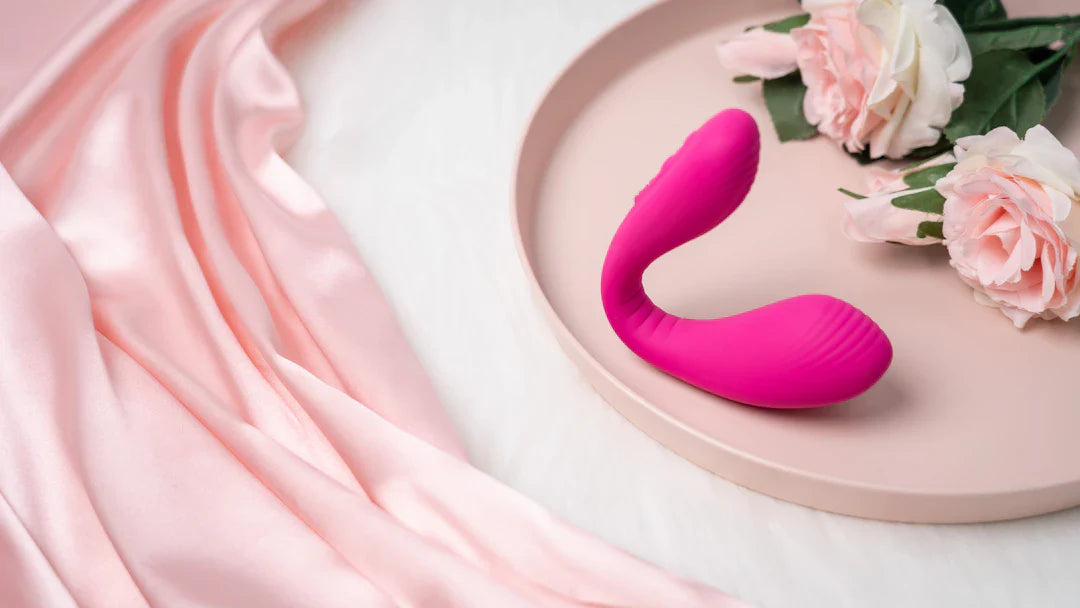The Essential Guide to Body Safety and Hygiene with Sex Toys

Frequently Asked Questions
1. Why is body safety important when using sex toys?
2. What materials are commonly used in sex toys and how affect cleaning practices?
3. What are the best practices for cleaning sex toys?
4. How can I ensure personal hygiene when using sex toys?
5. When should I replace my sex toys?
In an era where sexual wellness has become an integral part of self-care, understanding body safety and hygiene when using sex toys is a topic that deserves our undivided attention. Just like we have routines to care for our bodies, similar diligence is essential in maintaining cleanliness and safety while indulging in pleasurable experiences. Let's delve deeper into why hygiene matters, how to ensure safety, and best practices for maintaining your sex toys.
Why Body Safety Matters
Body safety is paramount for everyone, especially when engaging in sexual practices that involve the use of toys. Here are several reasons why it’s vital:
- Health Risks: Using unclean toys can lead to infections, irritations, and other health issues.
- Consensual Pleasure: Ensuring safety enhances the experience, allowing for relaxed and enjoyable exploration.
- Self-Care: Hygiene is an act of self-respect. Taking care of your body is fundamental in every aspect of life.
Understanding the Materials Used in Sex Toys
Before jumping into how to keep your toys clean and safe, it’s essential to understand the materials used in their construction. Knowing what your sex toy is made of can guide you on the best cleaning practices and maintenance measures. Here are several common materials:
- Silicone: A body-safe option that is non-porous and easy to clean.
- Glass: Non-porous and can be sterilized easily, making it safe for various uses.
- Metal: Another non-porous material that's easy to disinfect, offering unique temperature play options.
- Rubber and Plastic: Often porous; may harbor bacteria unless properly maintained.
Best Practices for Cleaning Sex Toys
To maintain optimal hygiene, it is crucial to clean your sex toys properly. Here are some best practices for cleaning various types of sex toys:
General Cleaning Tips
- Always read the manufacturer’s instructions for cleaning guidelines specific to your toy.
- Use warm water and mild, unscented soap for most materials, ensuring that it doesn’t contain harmful chemicals.
- For silicone, glass, or metal toys, consider using a toy cleaner specifically designed for sexual wellness products.
- Ensure to clean your toys before and after each use.
Storage Matters
Where and how you store your toys can impact their longevity and safety. Here are some tips for effective storage:
- Keep your toys in a cool, dry place away from direct sunlight.
- Use storage bags or boxes to prevent dust accumulation and to keep them separate from other toys to avoid material degradation.
- Avoid storing toys made of different materials together, as this can lead to chemical reactions that are harmful.
Personal Hygiene: A Fundamental Component
Before using any sex toy, personal hygiene is essential. Here are a few crucial steps:
- Wash your hands thoroughly before and after using toys to minimize bacteria transfer.
- Make sure your body is clean and free from lotions or other products that may interfere with toy material.
- If using toys with partners, consider keeping a dedicated sex toy for shared experiences, ensuring it's cleaned after each use.
Communicating with Your Partner
If you’re sharing your toy experiences with a partner, communication is key. Here’s why it’s important:
- Establishing Comfort Levels: Discuss preferences, boundaries, and safety protocols before engaging to enhance trust and comfort.
- Health Transparency: Sharing any health concerns with each other builds a safe and open space for pleasurable exploration.
- Agree on Cleaning Practices: Discuss how you’ll clean and store shared toys to maintain hygiene.
Recognizing Signs of Trouble
Even with best cleaning practices, it’s crucial to recognize when a toy may not be safe to use. Watch for these warning signs:
- Discoloration: A change in color can indicate material degradation.
- Odor: An unusual smell can indicate bacteria build-up or material decay.
- Tears or Cracks: Any visible damage could harbor bacteria and should be grounds for disposal.
The Role of Lubricants
When it comes to enhancing your sexual experience, lubricants can play a pivotal role. However, not all lubricants are compatible with all sex toys. Here’s a breakdown:
Choosing the Right Lubricant
- Water-Based: Safe for all toy materials and easy to clean up.
- Silicone-Based: Offers longer-lasting lubrication but may not be suitable for silicone toys.
- Avoid Oil-Based: Oil-based lubricants can degrade silicone, rubber, and other porous materials.
When to Replace Your Sex Toys
Understanding when to replace your toys is essential for maintaining safety and hygiene. Here are some indicators:
- If you notice any signs of wear and tear, it’s probably time to move on.
- Consult the manufacturer’s guidelines; many suggest replacing toys after a specific timeframe.
- If your toy has absorbed odors or infections, it’s safer to replace it rather than risking health issues.
Empowering Your Journey
Prioritizing body safety and hygiene when using sex toys is not just a matter of cleanliness; it's about boosting your overall sexual wellness and confidence. By following safe practices, you can enhance your experiences and feel empowered in your exploration of pleasure. When you treat your body and your toys with the respect they deserve, you allow for a safer, healthier, and more enjoyable journey through your intimate life.
Incorporate these practices into your routine, share the knowledge with your community, and remember that your health and happiness should always take precedence. Enjoy the journey of exploration, but do so safely and respectfully!




